Deck planting ideas - 10 ways expert landscapers create dreamy spaces to relax in
Deck planting ideas from the experts for spaces big and small, with pools and without. The summer starts here.
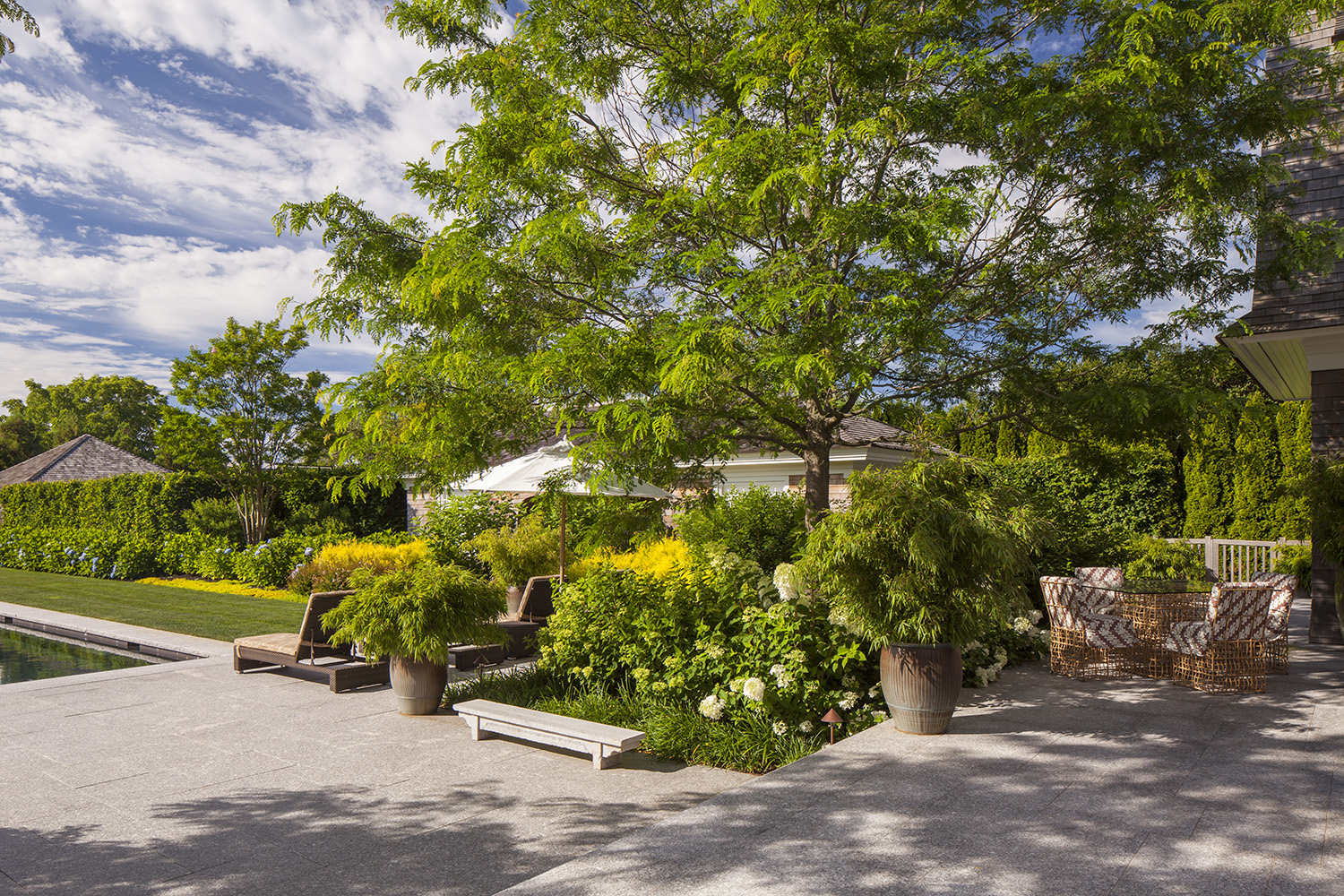

Planting on and around a deck or patio requires some careful consideration, as these are often high-traffic areas with plenty of sun exposure.
“Decks and patios often create hot and exposed conditions for plants,” explains landscape architect Jana Bryan of Julie Moir Messervy Design Studio. “The reflective heat that the stone collects during the day can emit warmth in the evening, so you might consider plants that can tolerate drought conditions or more sun exposure.”
Another issue that homeowners might overlook in their deck ideas is foot traffic. “Plants at the edge of patios tend to spill over or creep into the space, resulting in them getting stepped on occasionally,” says Bryan. The good news, she says, is that “there are many plants that can tolerate this, and often garden nurseries will actually tag plants that can withstand some foot traffic as ‘steppable.’”
Read on for more design tips from the experts.
Deck planting ideas
1. Use grass to soften the edges of a patio
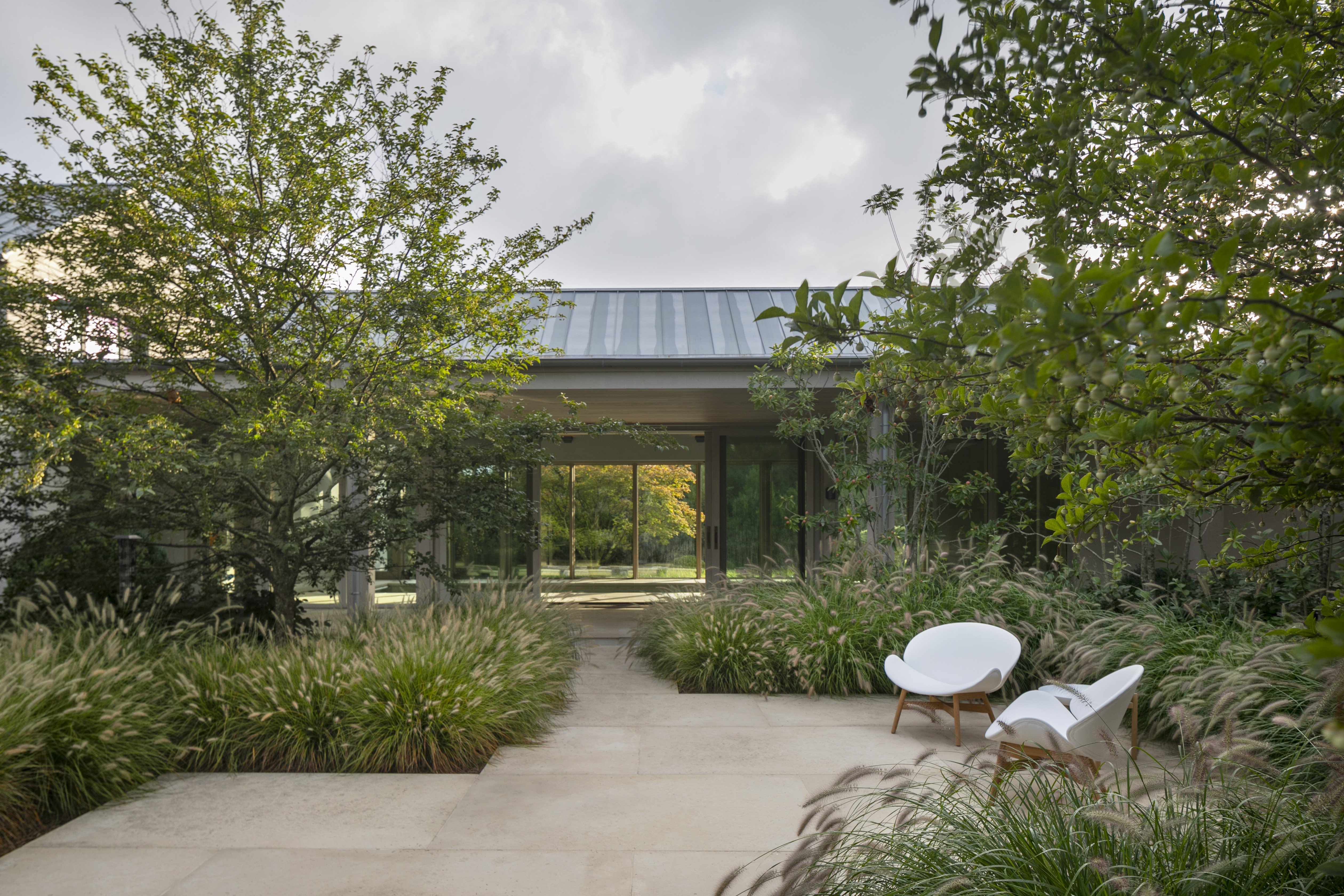
Design by LaGuardia Design Group
Decks, by their nature, are hard. Hard surfaces, hard corners, hard edges. So what happens when you're incorporating one into a dreamier outdoor space? Landscape architect Chris LaGuardia lined the limestone terrace at this property with hameln fountain grass, similar to pampas grass.
The tree on the left is a Japanese snowbell, and the one on the right is a magnolia virginiana. Meanwhile, the pavers are set in a staggered shape to allow for various sitting areas within a larger courtyard. “The fountain grass softens the surrounding architecture, and as an added bonus, it’s deer-resistant,” notes LaGuardia.
2. Choose plants that match the landscape
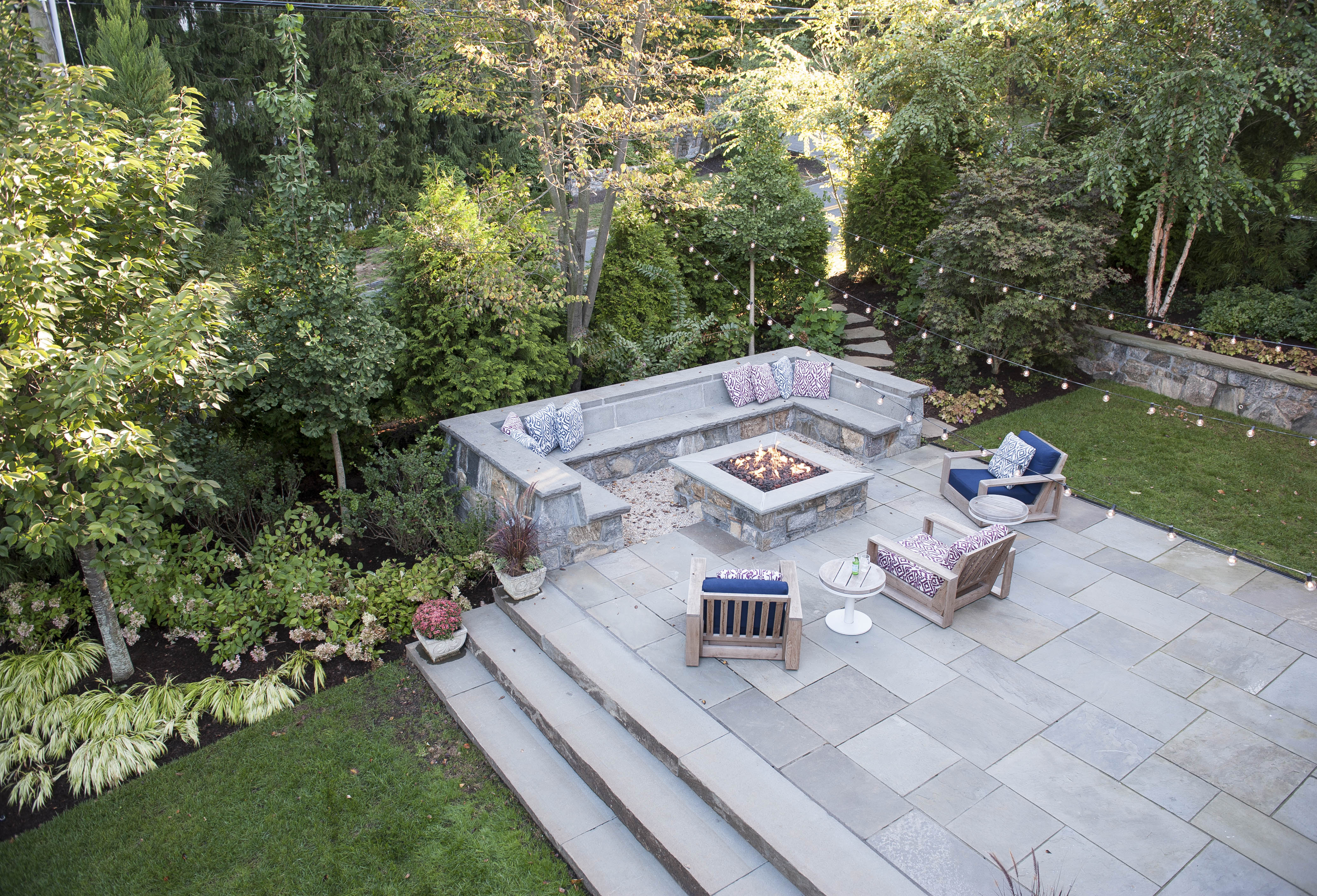
On one end of a large terrace, built-in stone seating ends a deck with a fire pit area next to a heavily wooded piece of the property. By keeping the planting to low shrubs rather than hedges, this contrasts the height of the trees, creating a space that feels more enveloped.
“We planted layers of trees and shrubs among existing oak trees to add coziness to the fire pit area,” explains landscape architect Jana Bryan of Julie Moir Messervy Design Studio.
“The terrace is large enough to accommodate a big party, but it also works well for a more intimate fireside gathering.”
3. Make architectural shapes by using an arbor
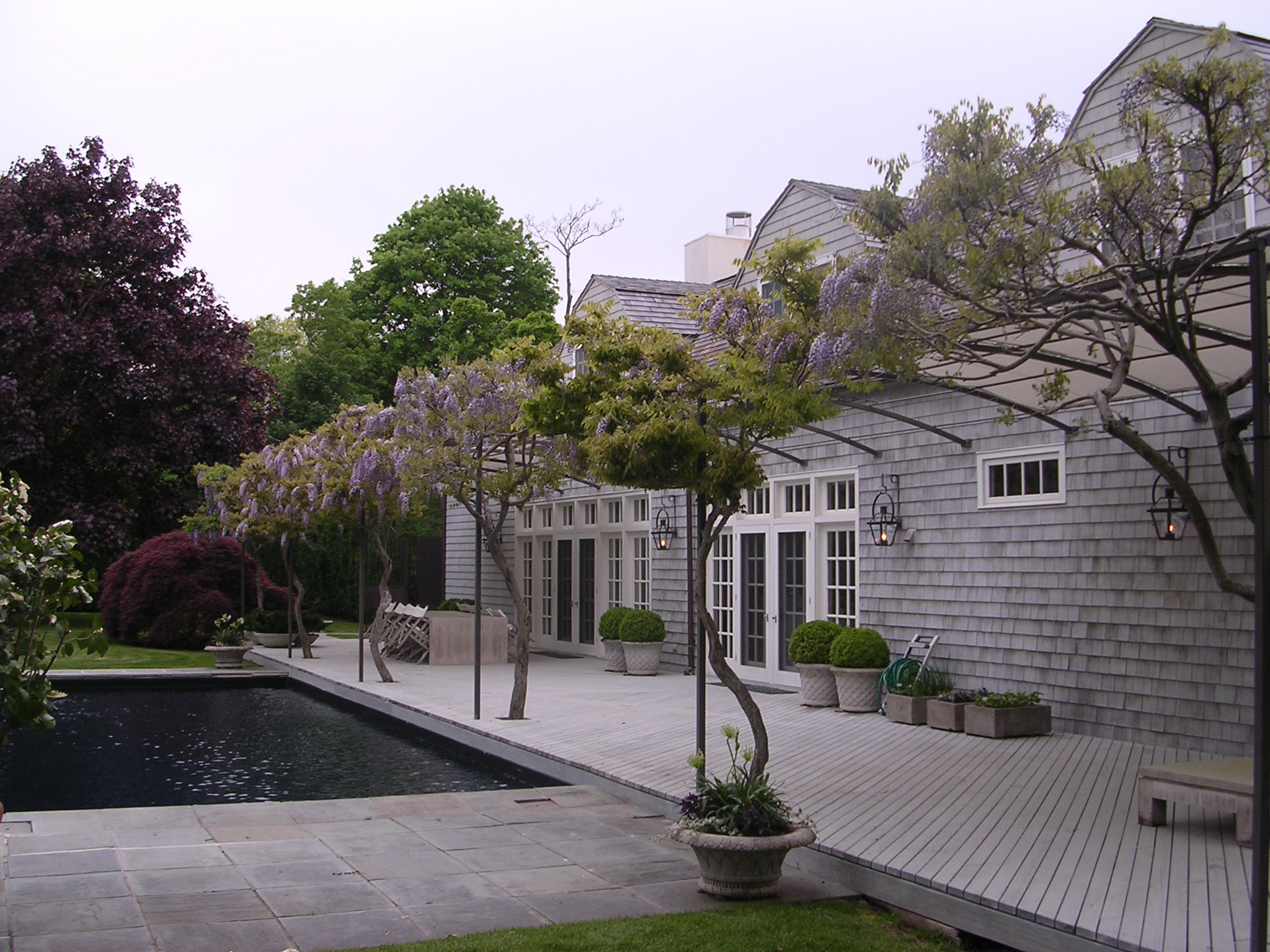
Landscape architect Brian J. Mahoney was brought on to revamp this outdoor area, where an uncovered southern-facing deck was in need of shade.
“The homeowners and interior designer had come up with the idea to add a canvas arbor, so we sourced some old wisteria for it,” says Mahoney. “It required reframing the deck in order to insert the wisteria and arbor.” To lend year-round interest to these pool landscape ideas, Mahoney added boxwoods in frost-proof pots.
4. Create dappled shade

Terraces often benefit from a mix of shade and sun. Especially in this case, where the terrace includes both a dining area and a pool deck area.
“Honey locust trees are a great option near a patio or pool because they provide dappled shade,” says Tom Volk of Summerhill Landscapes.
“Here, we underplanted the honey locust with hydrangea and liriope, and filled with planters with bamboo.”
5. Plant strategically
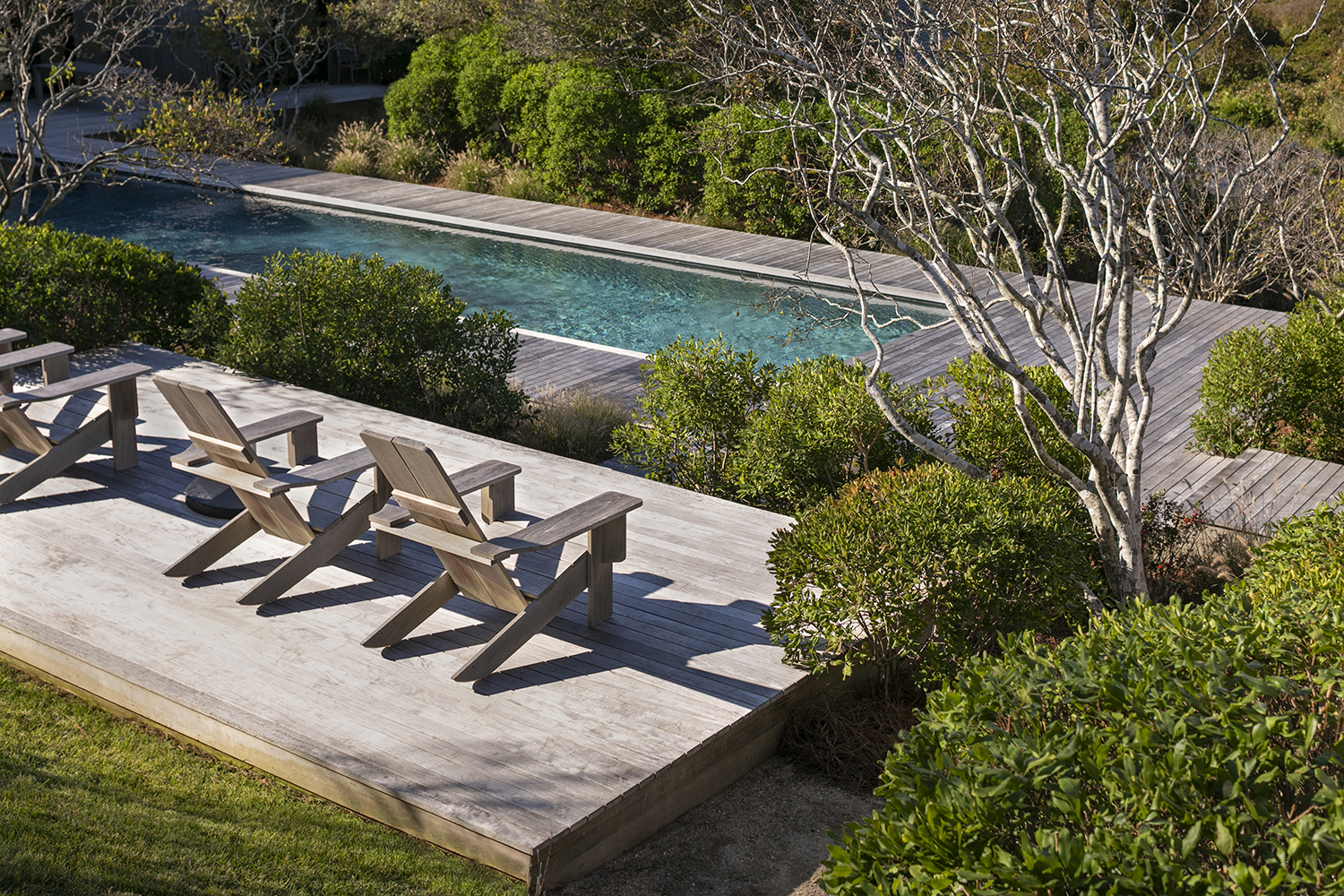
At an oceanfront property, this small elevated deck provides a perch for enjoying the water views.
To separate this sitting area from the pool, landscape architect Chris LaGuardia anchored it with shadblow trees and lined it with inkberry, bayberry, and fountain grass. The shield it from the lawn and pool, creating a half-height screen which makes the deck feel enclosed, but doesn't hide the view.
“It was important that this deck feels like its own separate place on the property,” says LaGuardia. An ideal place to sit back and relax on garden furniture.
6. Install edging to help contain plants
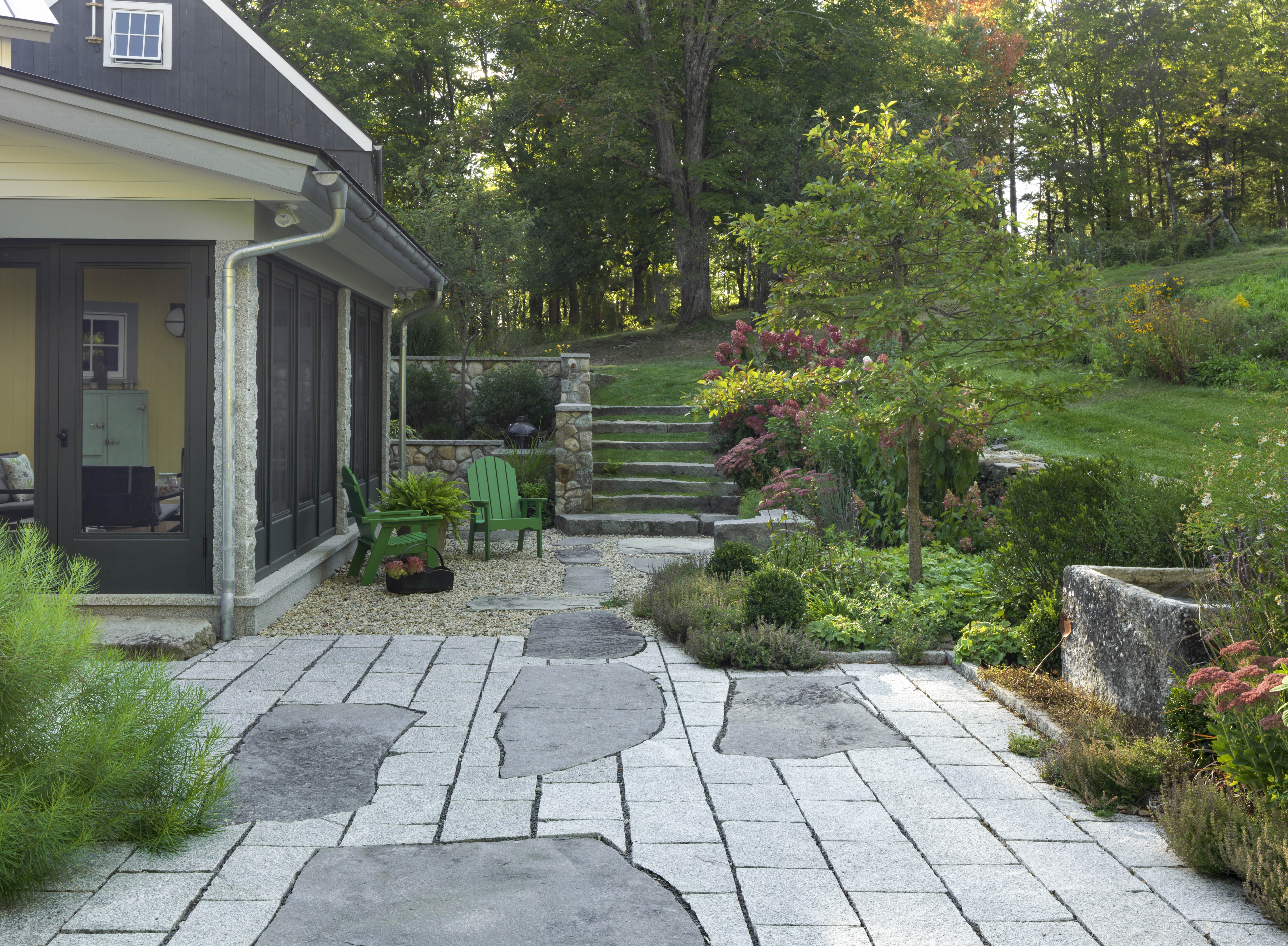
At this hilly property, Julie Moir Messervy Design Studio conceived a sunken patio with amsonia and thyme draping over the edges, which are slightly raised in an effort to “keep the plants contained,” explains the firm’s Jana Bryan.
“The patio itself is made of pea stone and irregular stone slabs that break up the monotony of the straight pavers and lead visitors through the space.”
7. Remember that less is more
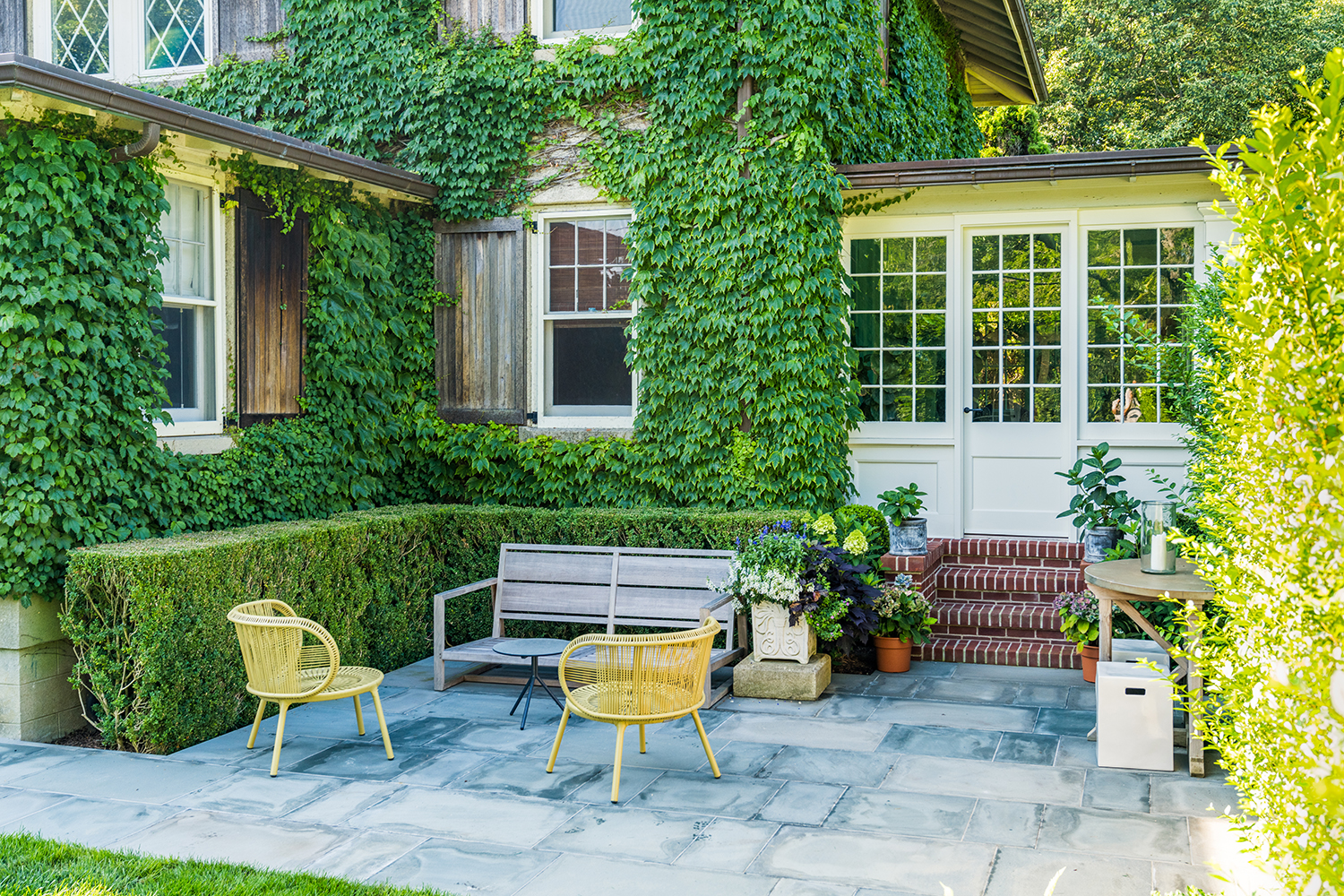
The renovation of this property included adding a door and brick steps from the kitchen vestibule down to a new terrace.
“There used to be a parterre garden, which we transformed into a terrace and sitting area,” explains landscape architect Brian J. Mahoney, who trimmed the existing boxwood hedges to accent the sitting area.
He also preserved the ivy growing on the house, keeping the overall scheme as simple as possible. What this has created is a space that is uncluttered and open - a valuable lesson to learn for anyone with a small garden deck who wants to make the most of the square footage.
8. Delineate a patio area using trees
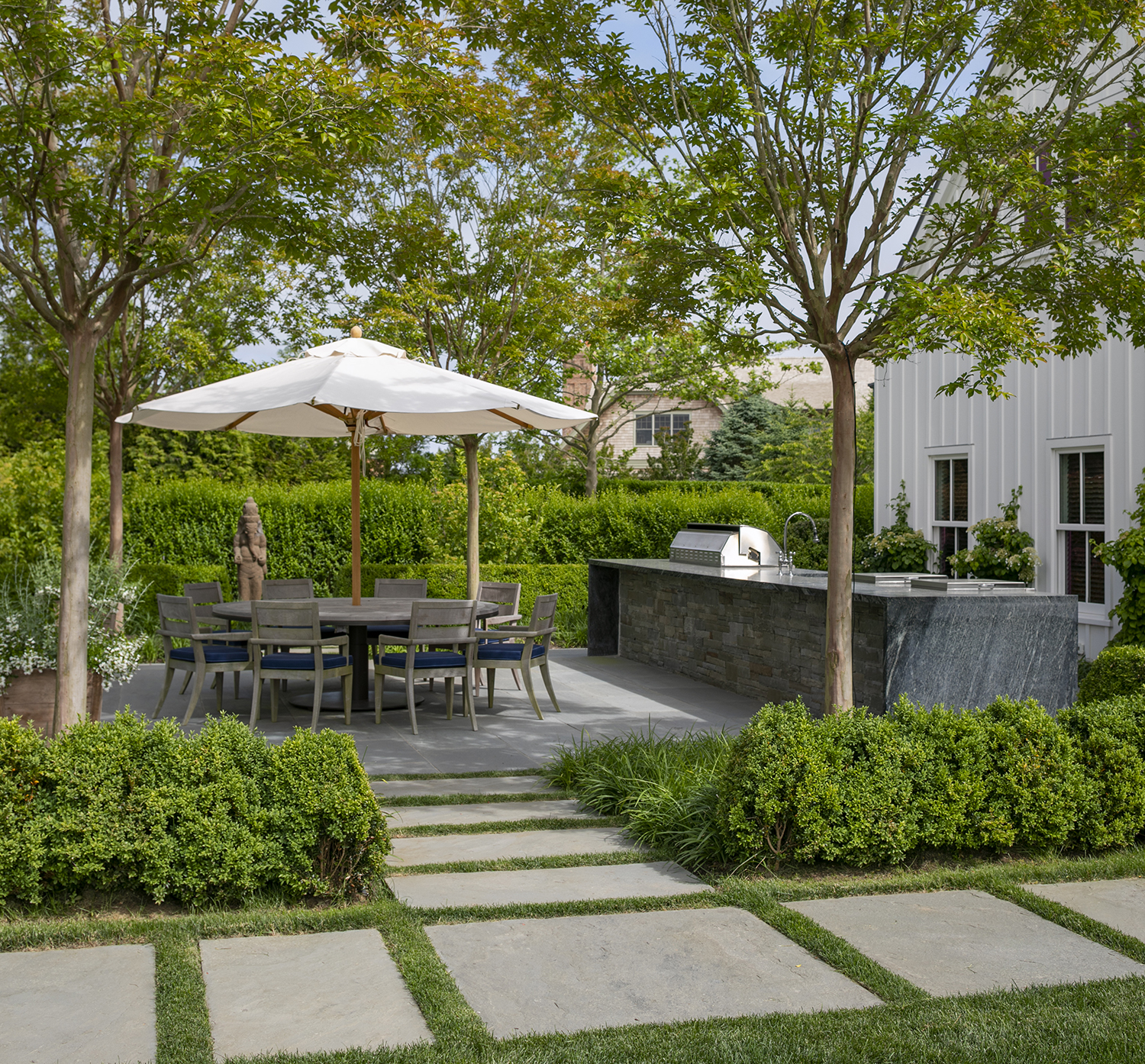
Landscape architect Chris LaGuardia planted four single-stem crape myrtles to define this dining patio that’s adjacent to the outdoor kitchen. “The crape myrtles form an outdoor room and help shade the space,” says LaGuardia. “It’s further enclosed by boxwood and liriope, with privet hedging along the back.”
9. Consider elevating plant beds
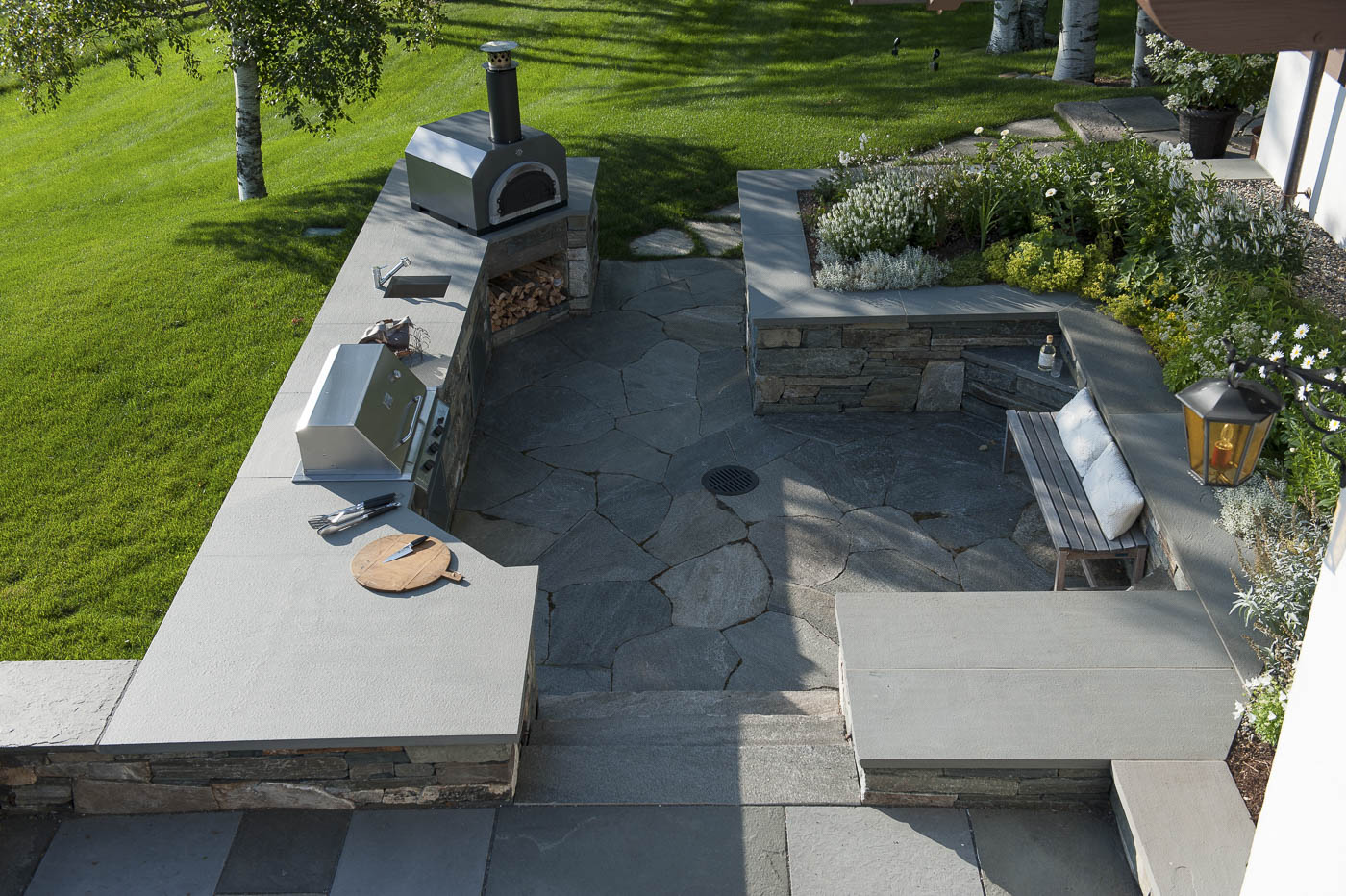
A raised planter in the outdoor kitchen area is filled with colorful blooms and culinary herbs. Backyard deck ideas are an opportunity to create little pockets of joy like this.
“These plants help soften the expanse of the stone counter, notes landscape architect Jana Bryan of Julie Moir Messervy Design Studio.
Furthermore, “the color and fragrance of the plants, along with the seating, encourages guests to keep the chef company while the meal is being prepared.”
10. Make the most of a small space
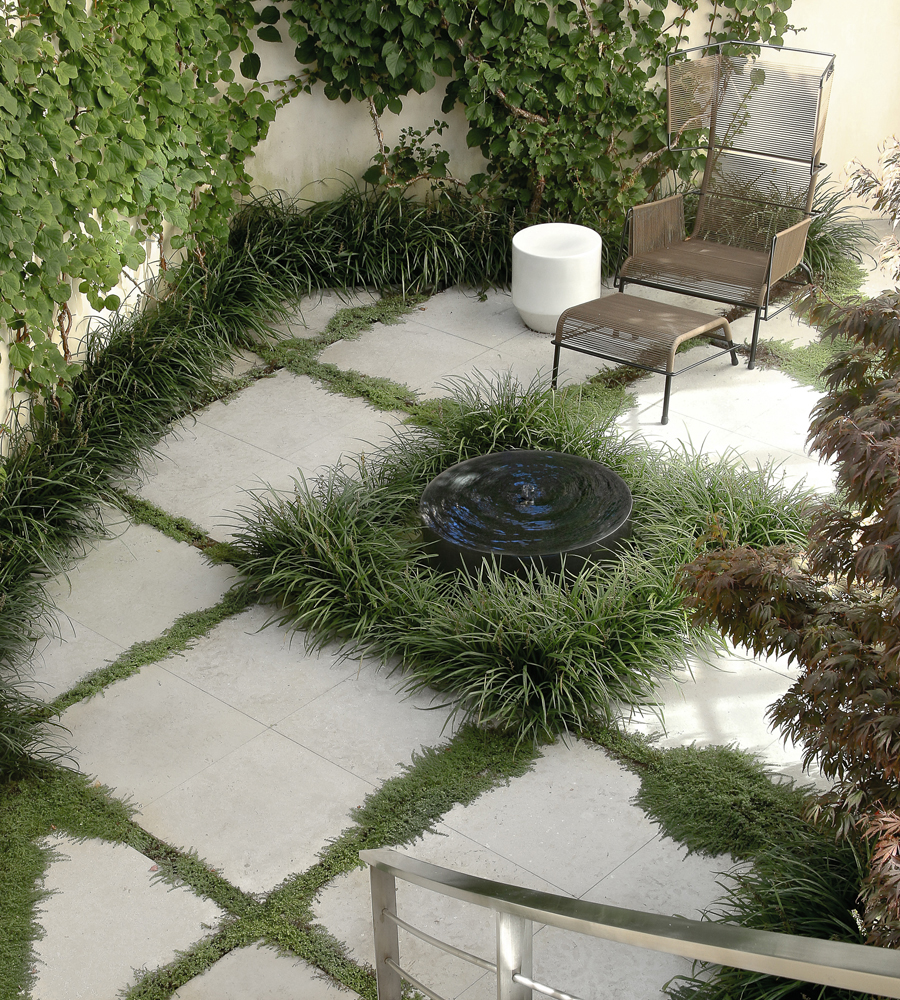
For the design of a rather petite sunken courtyard, landscape architect Chris LaGuardia paved the area with French limestone, planted the joints with thyme, and installed a granite fountain to provide a calming atmosphere.
Liriope softens the edges, climbing hydrangea brings life to the walls, and a Japanese maple adds a bit of color to a corner.
What plants look good on a deck?
“For a deck or patio, look for plants that soften the edges but are tough enough to tolerate the extra exposure and possible foot traffic,” explains landscape architect Jana Bryan of Julie Moir Messervy Design Studio.
“Nepeta, amsonia, and many grasses are hardy choices that provide a soft, billowing effect. Plants in a container or raised beds at the edge of a deck should be able to tolerate less root space and dry conditions. We often fill containers with plants that thrive in rock gardens, such as low sedum varieties, lamb’s-ear, bugleweed, and some cranesbill.”
Landscape architect Chris LaGuardia favors small-scale trees--such as crape myrtle, shadblow, and Japanese snowbell—as opposed to larger shade trees that will get too big for the space. In terms of plantings, he likes to use boxwood, fountain grass, or liriope as a ground cover.
“Go for low-maintenance gardening plants, and avoid too many flowers because they will attract bees,” says LaGuardia. Meanwhile, Tom Volk of Summerhill Landscapes suggests honey locust trees, hydrangea—which “work well with an assist from the shade”—and carex grass as a nice ground cover.
Be The First To Know
The Livingetc newsletters are your inside source for what’s shaping interiors now - and what’s next. Discover trend forecasts, smart style ideas, and curated shopping inspiration that brings design to life. Subscribe today and stay ahead of the curve.

Alyssa Bird is a New York−based freelance writer and editor with experience covering architecture, interior design, travel, hospitality, and real estate. She has held editorial positions at Architectural Digest, Elle Decor, Hamptons Cottages & Gardens, and New York Cottages &Gardens. When she’s not writing about dreamy spaces, you can find her tweaking the decor in her own Brooklyn home, honing her green thumb, testing out a new recipe, or scouring for antiques.
-
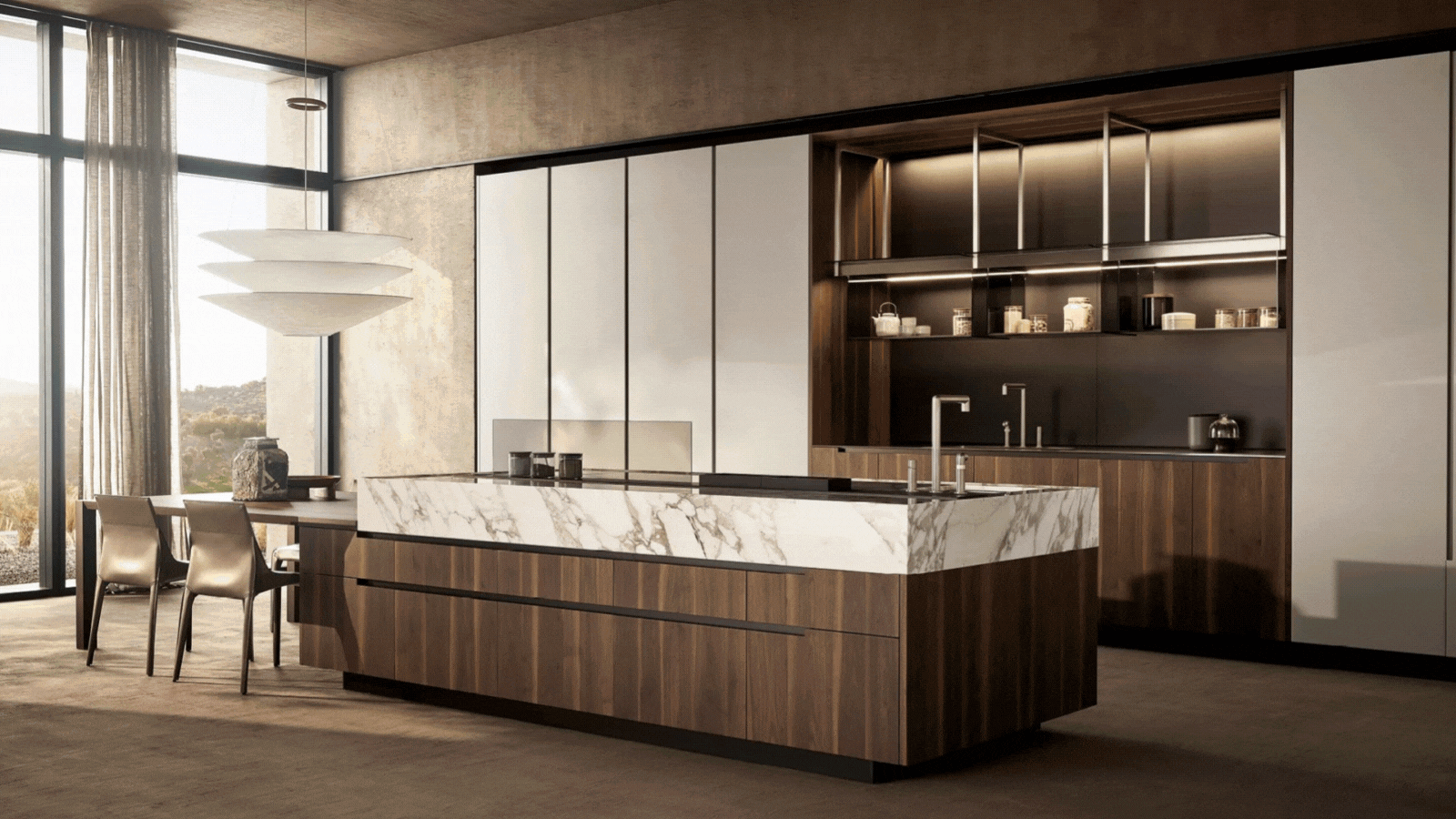 Italian Kitchen Trends — 5 Emerging Ideas From the Chicest Italian Designers That I Predict Will Go Global in 2025
Italian Kitchen Trends — 5 Emerging Ideas From the Chicest Italian Designers That I Predict Will Go Global in 2025Fresh from Milan Design Week, these are the exciting finishes, styles, and innovative materials I can't wait to see in more kitchens this year
By Faiza Saqib Published
-
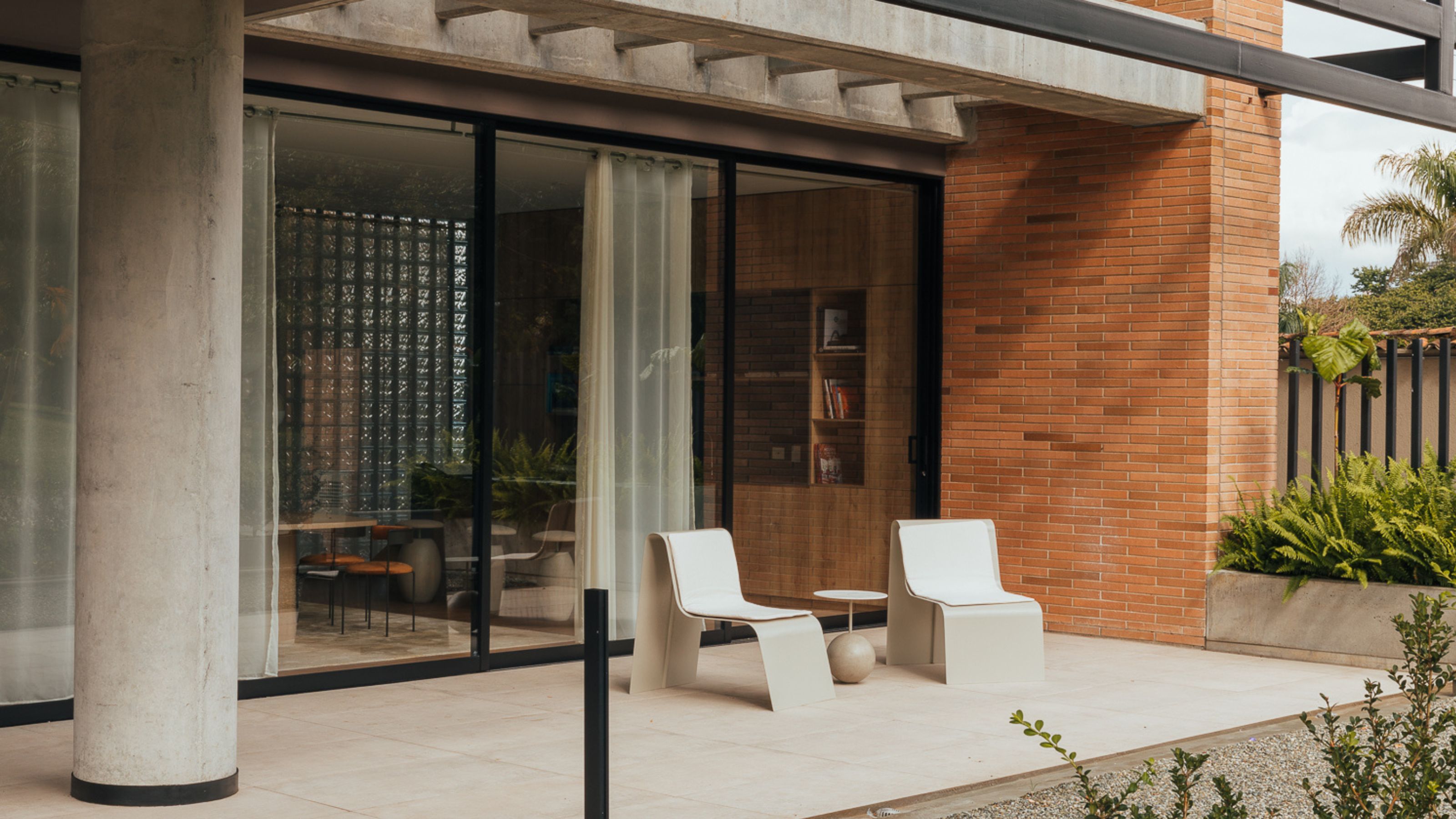 Small Patio Ideas — 8 Clever Ways to Style Up Even the Tiniest of Outdoor Spaces
Small Patio Ideas — 8 Clever Ways to Style Up Even the Tiniest of Outdoor SpacesIf you're dreaming of turning your small patio into a dream space the right combination of practical and creative ideas will help you max up its potential
By Sarah Wilson Published